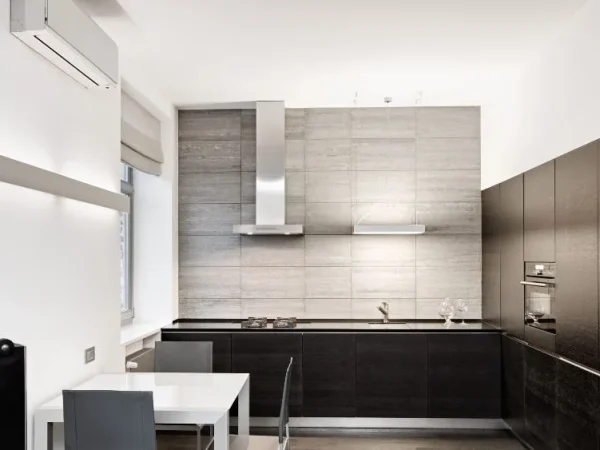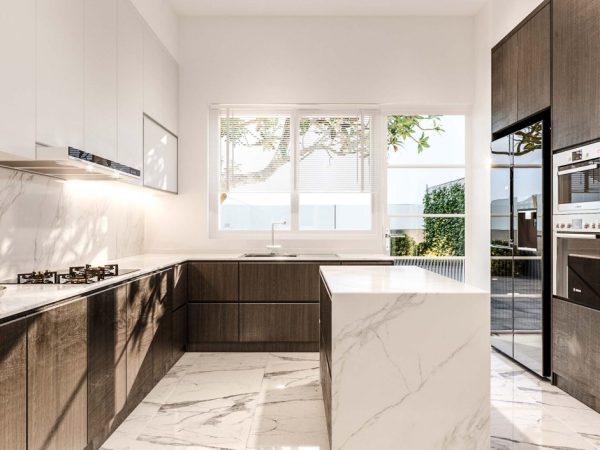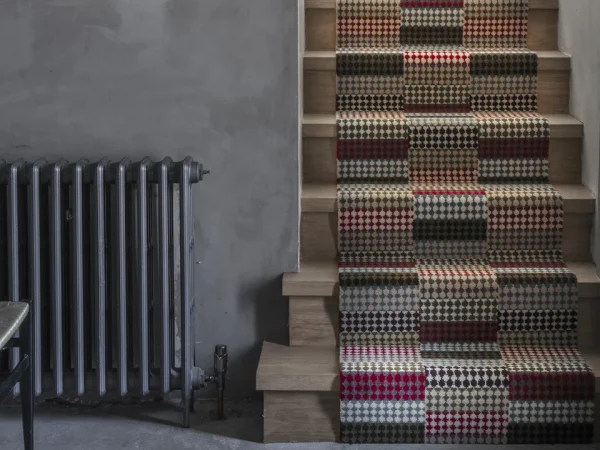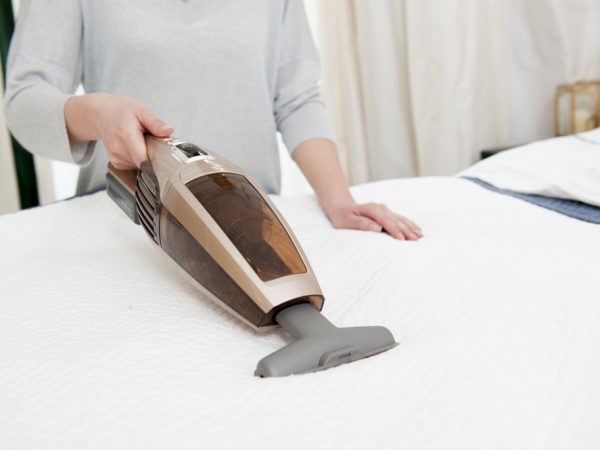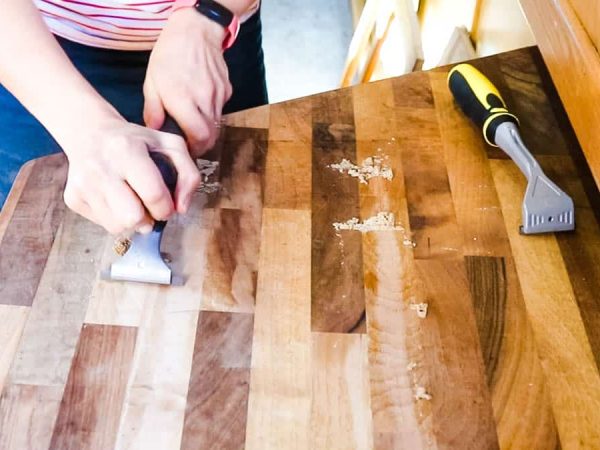Vinyl in the Kitchen: 10 Expert Tips for Easy Installation

Vinyl flooring is a popular choice for kitchens due to its durability, versatility, and affordability. It’s resistant to water, easy to clean, and comes in a wide variety of styles and patterns. If you’re considering installing vinyl in the kitchen, you’ll want to do it right to ensure it looks great and lasts for years to come. In this guide, we’ll share 10 expert tips for easy installation to help you achieve a professional-quality result.
vinyl in the kitchen: Prepare the Subfloor
Proper subfloor preparation is crucial for installing vinyl in the kitchen. Start by ensuring the subfloor is clean, dry, and free of debris. Any bumps or imperfections should be sanded down or patched to create a smooth surface. A well-prepared subfloor will ensure a flawless vinyl installation and prevent future issues.
Measure the Space Accurately
Accurate measurements are key to a successful vinyl installation. Measure the length and width of your kitchen to calculate the total square footage needed. Don’t forget to account for obstacles like cabinets and appliances. It’s also a good idea to add a little extra material for mistakes or repairs.
Choose the Right Type of Vinyl
Vinyl flooring comes in different types, including sheet vinyl, vinyl tiles, and luxury vinyl planks (LVP). Each has its own installation process and advantages. Sheet vinyl is great for a seamless look, vinyl tiles offer design flexibility, and LVP provides a high-end appearance. Consider your kitchen’s layout and your personal preferences when selecting the right type of vinyl in the kitchen.
Let the Vinyl Acclimate
Before installing vinyl in the kitchen, allow the material to acclimate to the room’s temperature and humidity. This process helps prevent the vinyl from expanding or contracting after installation. Leave the vinyl in the kitchen for at least 24 hours to adjust to the environment before you start cutting and installing.
Use the Right Adhesive
The type of adhesive you use will depend on the type of vinyl you’re installing. Sheet vinyl typically requires a full-spread adhesive, while vinyl tiles and planks often use a peel-and-stick or click-lock system. Ensure you’re using the correct adhesive for your specific vinyl to achieve a secure bond and prevent lifting.
Plan Your Layout
A well-planned layout is essential when installing vinyl in the kitchen. Start by finding the center point of the room and work outward. This approach helps ensure a balanced design and reduces the need for awkward cuts along the edges. Take your time to plan the layout, as it can significantly impact the final result.
Cut Vinyl with Precision
Cutting vinyl accurately is critical for a professional-looking installation. Use a straightedge and a sharp utility knife to make clean, precise cuts. Measure twice before cutting to avoid mistakes. For complex cuts around corners or appliances, consider creating templates with cardboard to guide your cuts.
Install from the Center Outward
When laying vinyl in the kitchen, start from the center of the room and work your way outward. This technique ensures a symmetrical installation and minimizes the need for awkward adjustments. As you install each piece, use a roller to press down and remove air bubbles, ensuring a smooth, even surface.
Seal the Edges
To prevent moisture from seeping under the vinyl in the kitchen, seal the edges along the walls and around fixtures like sinks and dishwashers. Use a silicone-based sealant to create a waterproof barrier. This step helps prolong the life of your vinyl and reduces the risk of damage from spills or humidity.
Allow Time to Cure
After installing vinyl in the kitchen, give the adhesive time to cure before moving heavy appliances back into place. Check the manufacturer’s instructions for the recommended curing time. This waiting period allows the adhesive to set properly and ensures a durable installation.
Conclusion
Vinyl in the kitchen is a practical and stylish choice for many homeowners. With the right preparation and installation techniques, you can achieve a professional-quality result that lasts for years. Follow these 10 expert tips for easy installation, and you’ll have a beautiful vinyl floor that withstands the demands of a busy kitchen.
FAQs
1. What tools do I need for installing vinyl in the kitchen?
You’ll need basic tools like a utility knife, straightedge, measuring tape, and roller. Depending on the type of vinyl, you may also need adhesive, a trowel, and a sealant for the edges.
2. How do I maintain vinyl in the kitchen after installation?
To maintain your vinyl floor, regularly sweep or vacuum to remove dirt and debris. Clean with a damp mop and mild detergent. Avoid using abrasive cleaners or scrubbers, as they can damage the vinyl’s surface.
3. Can I install vinyl in the kitchen over existing flooring?
Yes, you can install vinyl over some types of existing flooring, such as concrete or ceramic tiles, as long as the surface is smooth and even. However, it’s best to remove old vinyl or damaged flooring to ensure a proper installation.
4. How long does vinyl flooring last in the kitchen?
Vinyl flooring in the kitchen can last 10-20 years, depending on the quality of the vinyl and how well it’s maintained. High-quality vinyl and proper installation will contribute to a longer lifespan.
Q5. Is vinyl in the kitchen resistant to water and spills?
Vinyl is naturally water-resistant, making it an excellent choice for kitchens. However, it’s important to seal the edges and avoid letting water sit on the surface for extended periods to prevent damage.
Also read: GREEN HALLWAY COLOURS: 10 UNIQUE SHADES FOR A STYLISH SPACE

